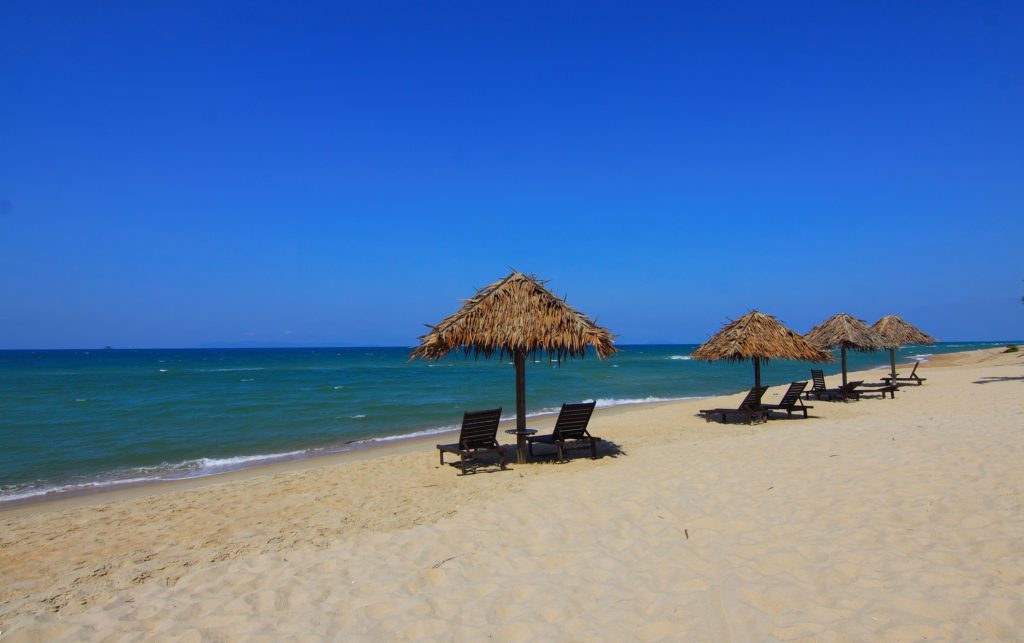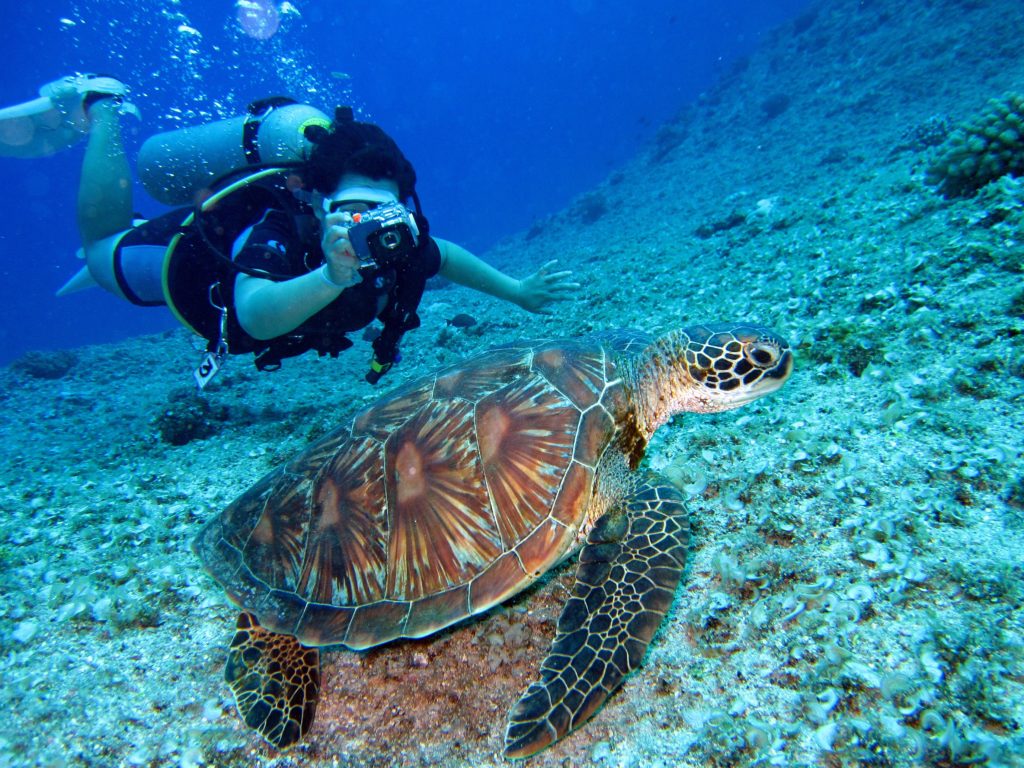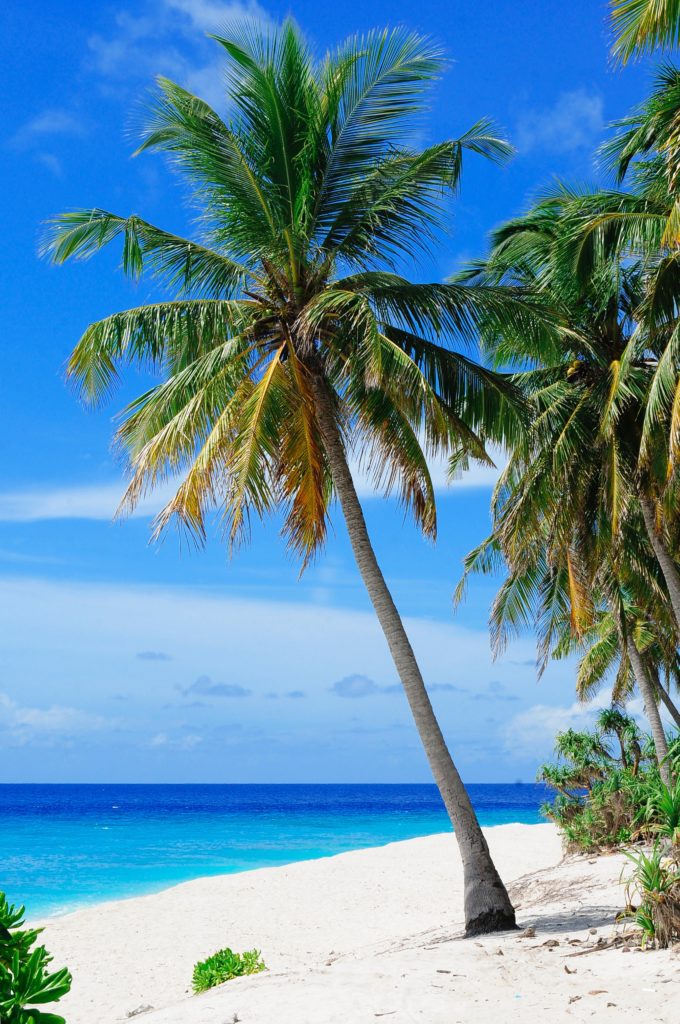Tourism
Meet the Panamanian Caribbean Venice
Meet the Panamanian Caribbean Venice: Bocas del Toro is a province of Panama and its capital is the homonymous city of Bocas del Toro. It has an area of 4 5843.9 km², a population of 170,320 inhabitants (2018) and its limits: to the north with the Caribbean Sea, to the south with the province of Chiriquí, to the east and southeast with the Ngäbe-Buglé region, to the west and northwest with the province of Limón of Costa Rica; and to the southwest with the province of Puntarenas of Costa Rica.
Bocas del Toro
Meet the Panamanian Caribbean Venice: The province includes the island Escudo de Veraguas that is located in the gulf of the Mosquitos and separated from the rest by the Valiente peninsula. The islands of Bocas del Toro are the essence and the mirror of the Caribbean Panama. This archipelago has the perfect combination of nature and historical and cultural traditions, with a charming variety of aquatic species, coral reefs, mangroves, tropical forests, crystalline water beaches, unaltered forests with all the flora and fauna you can imagine.

In the north-western part of Panama is a cluster of islands that were originally inhabited by the Guaymí Indians and that have now intermingled with Afro-Caribbean and Hispanic. The language is also an interesting mix known as Guari-Guari, which is nothing more than a combination of English, Spanish and indigenous dialects.
The islands discovered by Christopher Columbus in 1502, were developed as supply and repair points for the ship industry. This explains some names such as Bastimentos and Carenero, which mean supply and drain, respectively.
Isla Colon
Meet the Panamanian Caribbean Venice: Isla Colon, the largest and most important of the group, is home to the city of Bocas del Toro of the time. Founded in 1826, it became the third most important city in the country until the second decade of the 20th century. United Fruit Company, the largest banana producer, known today as Chiquita Brands, was founded here as a result of competition in the exploitation of the banana industry.
The islands discovered by Christopher Columbus in 1502, were developed as supply and repair points for the ship industry. This explains some names such as Bastimentos and Carenero, which mean supply and drain, respectively.
Five consulates, three newspapers, a bottling plant and the country’s first lottery are indicators of the prosperity enjoyed by the inhabitants of the islands. Next to the banana, coconuts, turtle shells, sarsaparilla and cocoa beans were produced and exported. Efforts are currently being made to preserve the charm of its wide streets and wooden houses, vivid memories of the English architectural influence of the islands.
Parque Nacional Marino Isla Bastimentos
In 1988, the first marine sanctuary of Panama was created, the “Parque Nacional Marino Isla Bastimentos” whose purpose is to preserve its natural environment. Of about 13,000 hectares, it includes beautiful underwater landscapes where you can enjoy diving between magnificent coral reefs and seagrasses. To the north of Isla Colon is Cayo Cisne, a beautiful bird sanctuary where you can observe a wide variety of local and migratory seabirds.

What does Bocas del Toro mean?
It is not known for sure where the name of this incredible, forgotten by time, comes. There are several attributions, one more interesting than the other. It is said that Christopher Columbus when he discovered on one of the paradisiacal beaches, saw several waterfalls in the form of “Bocas del Toro” (mouths of the bull).
Columbus distinguishes a large rock on the island of Bastimentos (easy to recognize today) that has the shape of a bull that has been lying. It is also said that the sound of the immense waves that hit the large rock that has a volcanic origin and that can be found in Bastimentos Island, makes a sound similar to the roar of a bull. On the other hand, there are people who say that the last “cacique” (= chief) of the region was known as “Boca Toro”. Did you know that? This beautiful province has its flag, shield and a rhythmic hymn.
The Flag
The Flag of the Province of Bocas del Toro was created in 1987 by the design of Alberto R. Espinosa. Its two colours representative yellow and green. Its golden yellow colour represents the most produced fruit in the region, the banana, is a fundamental part of the economy of all its inhabitants and the green colour represents the abundance of nature, which is a main element in the tourism of this Province. Additionally, it has three stars that represent the districts that make up the province, which are: Bocas del Toro, Changuinola and Chiriqui Grande.
The Shield of the province of Bocas del Toro was created in 2001 by Alberto R. Espinoza. It is a shield divided into three barracks, representing the three districts of Bocas del Toro, which are: Bocas del Toro, Changuinola, Chiriquí Grande.
The Anthem was composed in lyrics and music by Luis Manuel Palacios Vernaza.
ANTHEM
I
This Danzon, comes to provide, the melody cheerful and without equal. From a heart, who knew how to love, the whole spell of a Tropical People
Chorus
With the bragadap and the Plantaintart Bocas del Toro, it usually provides a beautiful land for sightseeing, its beautiful beaches, its green sea, guitar rhythm for dancing, Boca del Toro, my beautiful land.
II
If you talk about Love, about sky and sea, Bocas del Toro has it and much more a great fervor, when you have to love, in your women you will surely find .


 Español
Español